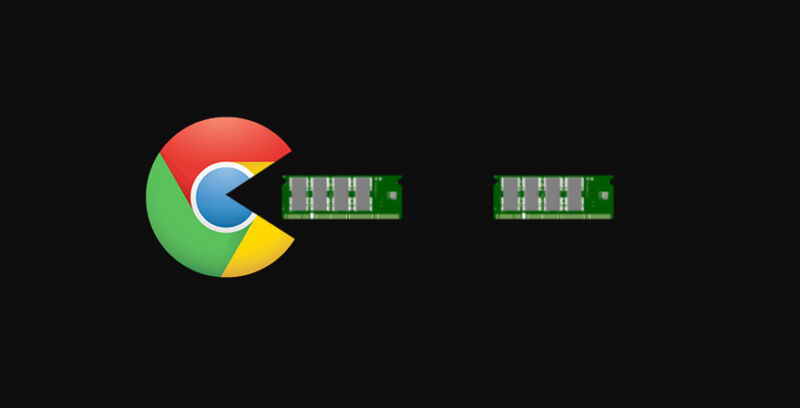
Forget AAA ray-traced video games or mining cryptocurrency—sometimes it feels like just running Chrome is one of the hardest tasks you can throw at a PC. Google is apparently aware of Chrome's reputation for being a bit of a resource hog, and on Windows, macOS, and ChromeOS, it's introducing two new features—Memory Saver and Energy Saver—which hope to keep your browser running a bit better on more limited machines.
Memory Saver is a mode you can toggle on and off at will, and Google says it will use "40 percent less memory" by kicking idle background tabs out of RAM. Google says, "any inactive tabs will be reloaded when you need them," which might mean losing your tab state, but you can turn this feature on and off whenever you want.
-
The Memory Saver UI.Google
-
The Energy Saver UI.Google
-
In Canary, there's a list for sites you always want to keep in memory.Ron Amadeo
We haven't seen the stable channel rollout of this feature yet, but in the Canary nightly builds, an "Always keep these sites active" setting lets you protect domains from being hibernated, so there's a lot of control here. (It links to this bare-bones support page, if you're interested.)
The other new feature, Energy Saver, is more automatic. This kicks in when your laptop battery level reaches 20 percent. Google says, "Chrome will save battery by limiting background activity and visual effects for websites with animations and videos." You can also turn this one off in the settings.
Google says both features will roll out over "the next several weeks globally for Windows, macOS, and ChromeOS."
reader comments
166